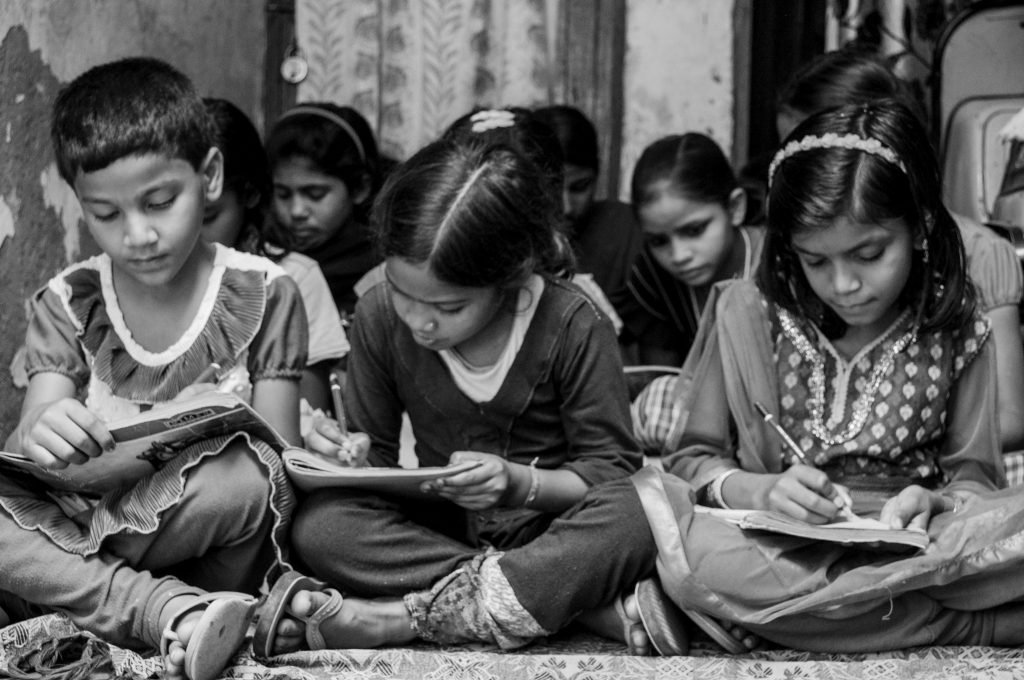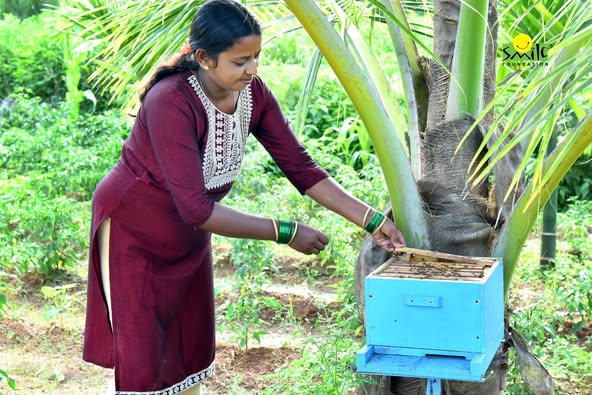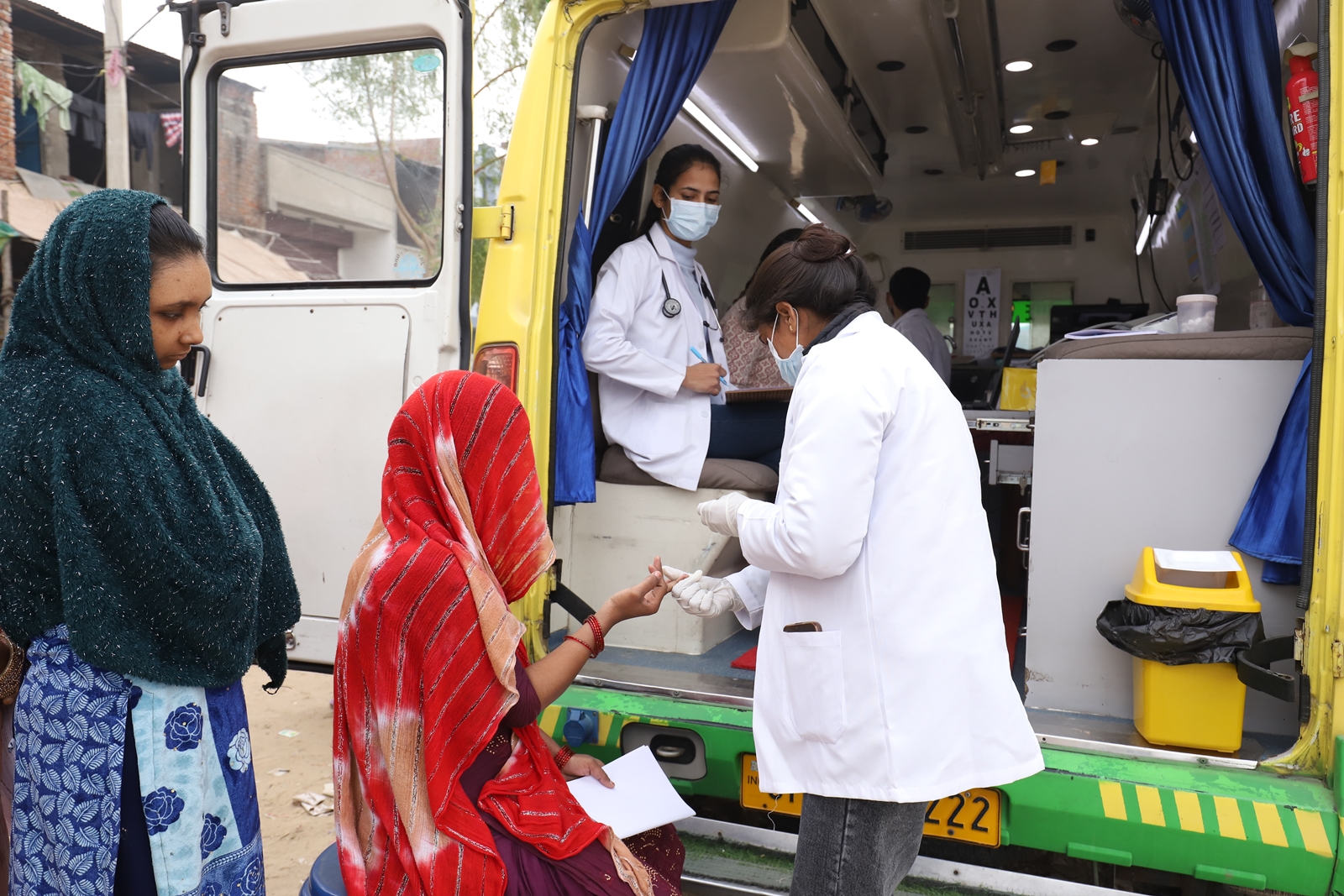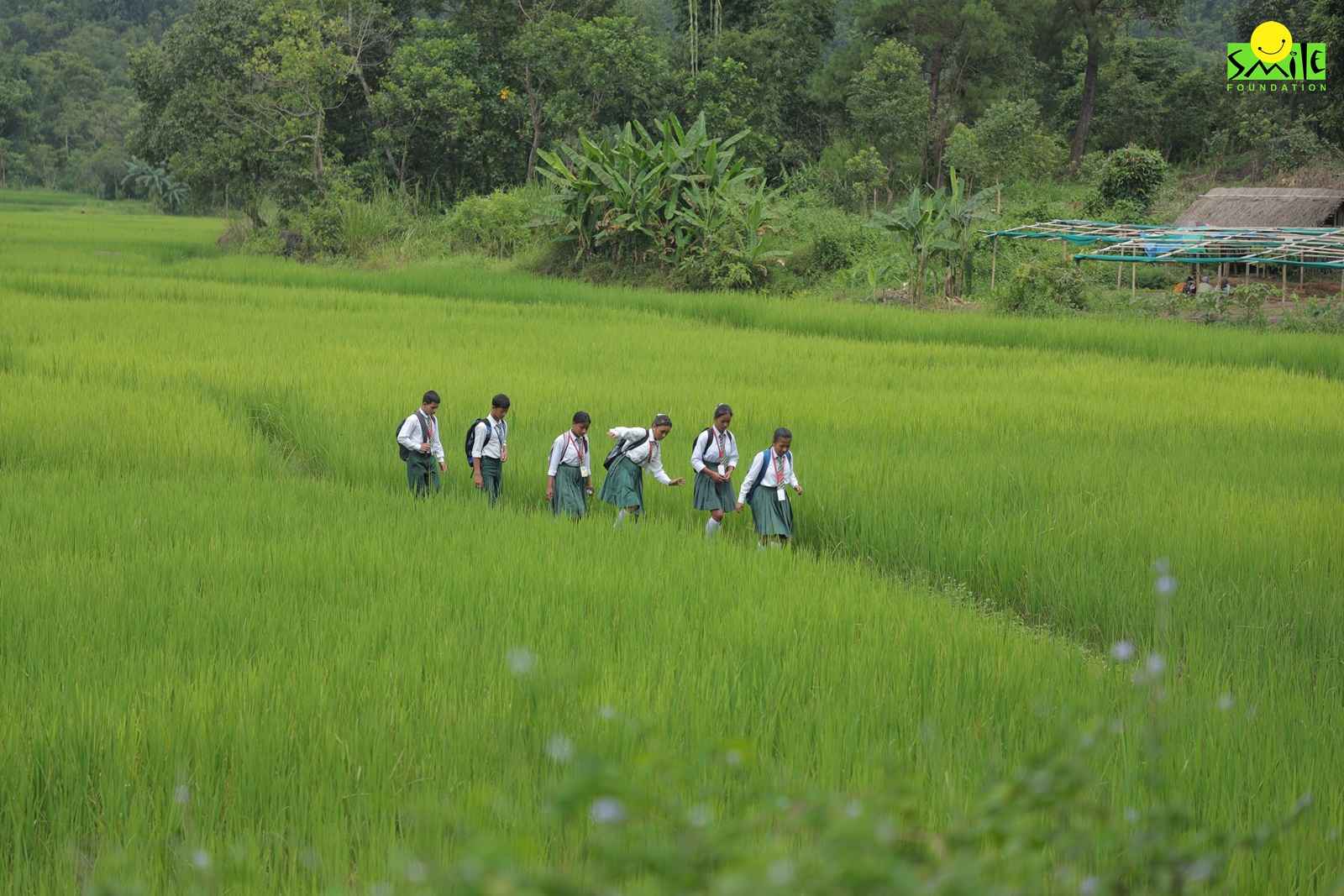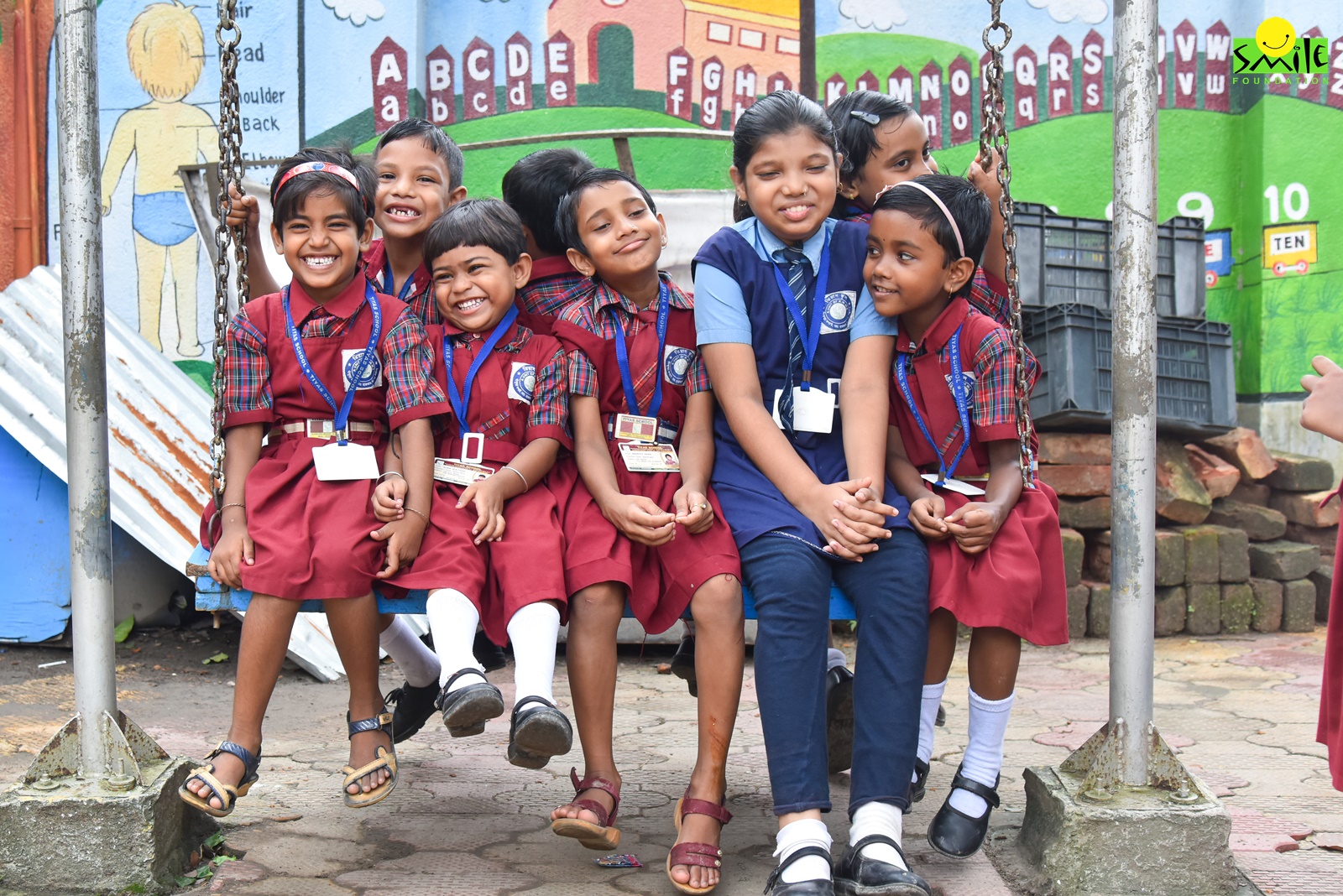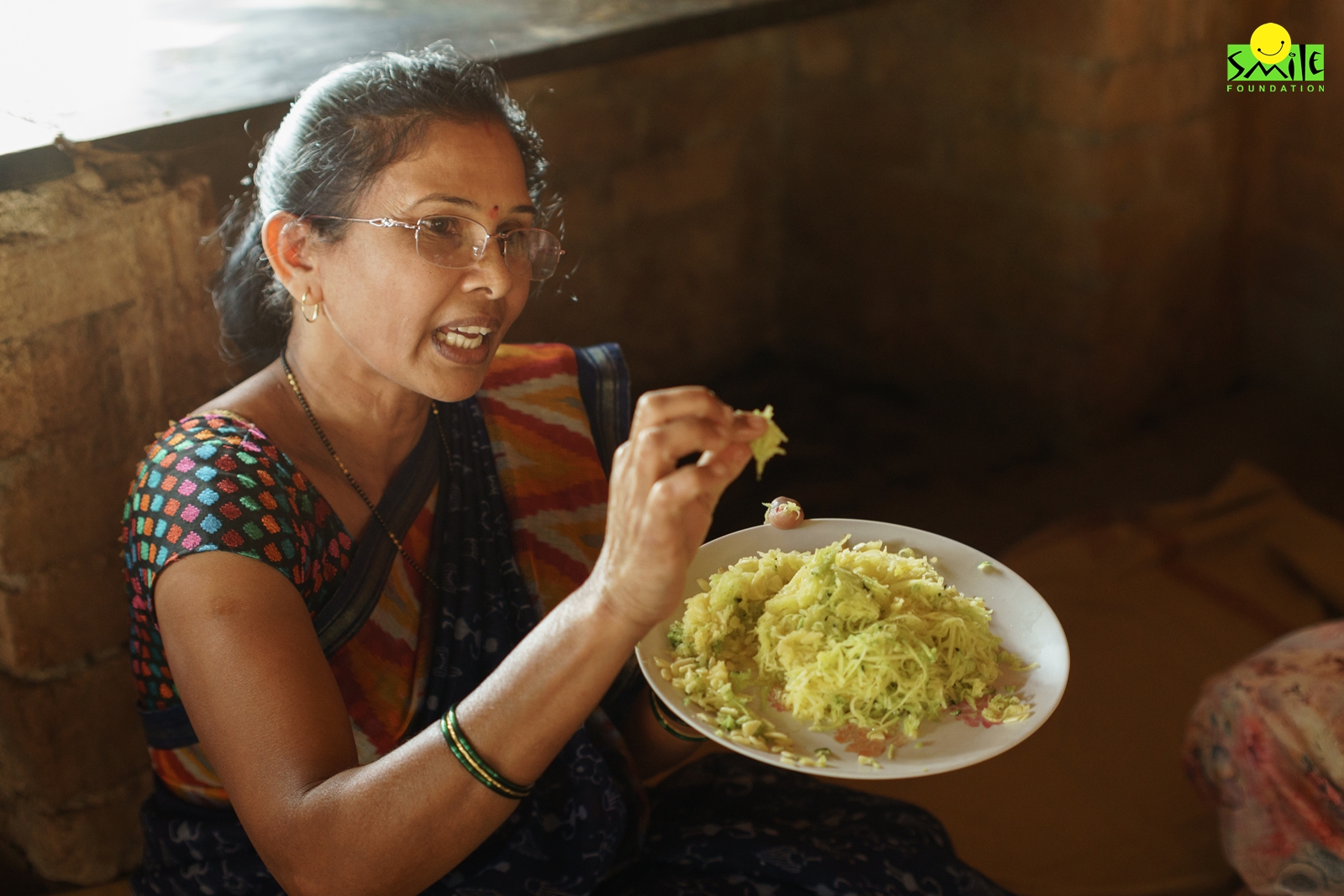India boasts a rich history of civil society rooted in the principles of ‘daana’ (giving) and ‘seva’ (service). Dating back to the medieval era, voluntary organizations driven by a spirit of altruism and devoid of profit motives actively engaged in cultural promotion, education, healthcare, and disaster relief efforts. This momentum amplified during British rule, as these organizations tirelessly worked towards enhancing social welfare, literacy, and relief initiatives.
The 19th century witnessed a surge in nationalist consciousness, leading to the establishment of various organizations such as the Friend-in-Need Society (1858), Prathana Samaj (1864), Satya Shodhan Samaj (1873), Arya Samaj (1875), the National Council for Women in India (1875), and the Indian National Conference (1887). To formalize the legal status of these burgeoning non-governmental organizations (NGOs), the Societies Registration Act (SRA) was enacted in 1860.
Christian missionaries, actively engaged in India, focused on poverty reduction and the construction of essential infrastructure like hospitals, schools, and roads. Simultaneously, NGOs directed their efforts towards education, healthcare, relief, and social welfare. The foundation for secular voluntary action in India gained strength with the establishment of the Servants of India, a secular NGO, in 1905.
The return of Mahatma Gandhi in 1916 marked a pivotal shift, emphasizing economic self-sufficiency through his Swadeshi movement. Advocating for local production and self-reliance, Gandhi identified rural poverty as the core issue of India. He championed decentralized voluntary action, primarily through gram panchayats (village councils), as the key to the development of India.
Post-independence, while the Government of India expanded its role in social welfare, it recognized the potential for civil society to complement its efforts. The Central Social Welfare Board, established in 1953, facilitated people’s participation programs through NGOs. This support led to the emergence of a professionalized NGO sector.
The 1970s witnessed the entrance of international NGOs in response to agricultural crises. Governmental development agencies proliferated, and foreign funds began flowing into domestic NGOs, transforming the landscape of civil society.
Through the 1970s and 1980s, the NGO sector in India experienced a surge in numbers and diversification, responding to national concerns about poverty and marginalization. Both welfare and empowerment-oriented organizations emerged, with a focus on development, civil liberties, education, environment, health, and livelihood. NGOs became formally recognized as development partners, characterized by grassroots interventions, advocacy, and mobilization of marginalized communities.
Today, the NGO sector in India comprises approximately 3.3 million organizations working on local, national, or international levels. Despite their varied missions and sizes, most NGOs in India remain reliant on volunteers, collectively contributing to the vibrant landscape of civil society in the country. Smile Foundation is one of the top NGOs in India that has been functional for over 20 years working for the underserved and improving their quality of life through education, healthcare, and livelihood projects.



